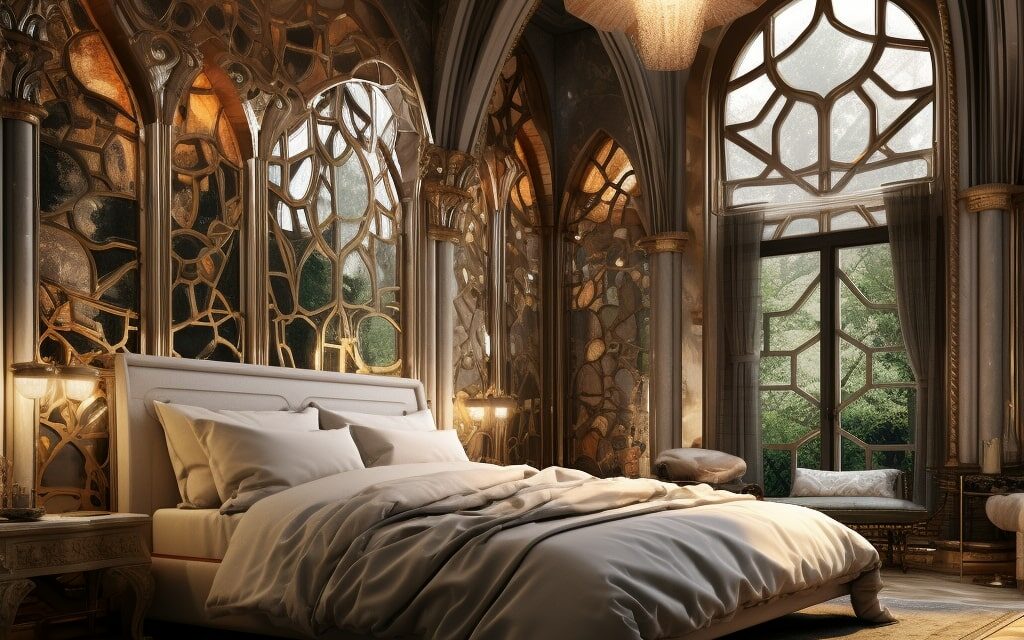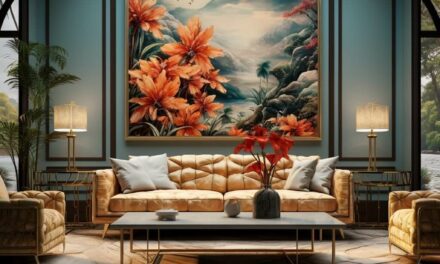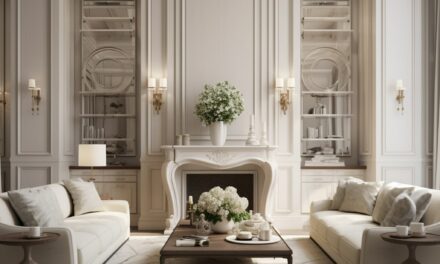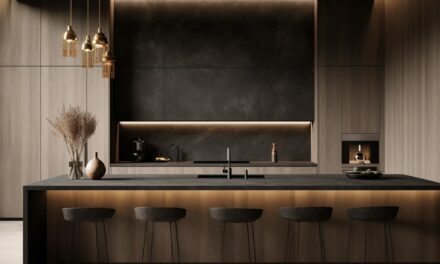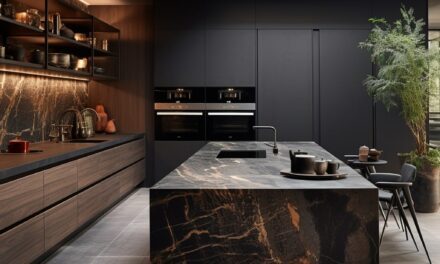Ambient lighting is a type of lighting that is used in interior design to create a warm and inviting atmosphere. It is also referred to as general lighting and is used to light up an entire space. Unlike task lighting or accent lighting, which are used to highlight specific areas or objects, ambient lighting is meant to provide a soft and diffused light that fills a room.
The importance of ambient lighting in interior design cannot be overstated. It helps to set the mood and tone of a room, making it feel more comfortable and inviting. It can also enhance the overall aesthetics of a space by providing a beautiful and relaxing atmosphere.
There are different types of lighting commonly used in interior design, including ambient lighting, task lighting, and accent lighting. In the next section, we will take a closer look at the concept of ambient lighting and its role in interior design.
What Is Ambient Lighting in Interior Design?
Ambient lighting is an essential component of interior design lighting. It is often described as the general lighting of a space, providing an overall level of illumination that is comfortable for the eyes.
Unlike task lighting, which is used to illuminate specific areas or tasks, ambient lighting is designed to create a relaxed and comfortable atmosphere in a room.
One of the primary functions of ambient lighting is to provide a soft and even distribution of light that reduces harsh shadows, making it ideal for activities such as reading, watching TV, or enjoying a meal. This type of lighting can also help to make a room feel more spacious and inviting, making it a popular choice for living rooms, dining areas, and bedrooms.
Types of Lighting in Interior Design
Lighting plays a crucial role in interior design, and it is essential to understand the different types of lighting available and their unique characteristics. Here are the three main types of lighting used in interior design:
| Type of Lighting | Purpose | Characteristics |
|---|---|---|
| Ambient Lighting | To provide overall illumination and create a warm, inviting atmosphere | Soft and diffused; illuminates a large area without creating harsh shadows |
| Task Lighting | To provide focused illumination for a specific task or activity | Bright and directional; illuminates a small area with minimal spillage |
| Accent Lighting | To highlight specific features or objects in a space | Directional and focused; creates dramatic contrasts and highlights |
When designing a space, it is important to consider the purpose of the room and how each type of lighting can be used to achieve the desired ambiance. Using a combination of these three types of lighting can create a layered and visually appealing effect.
Pro Tip: To achieve the perfect lighting balance, it is recommended to use a dimmer switch, which allows you to adjust the brightness of the light source according to your needs and mood.
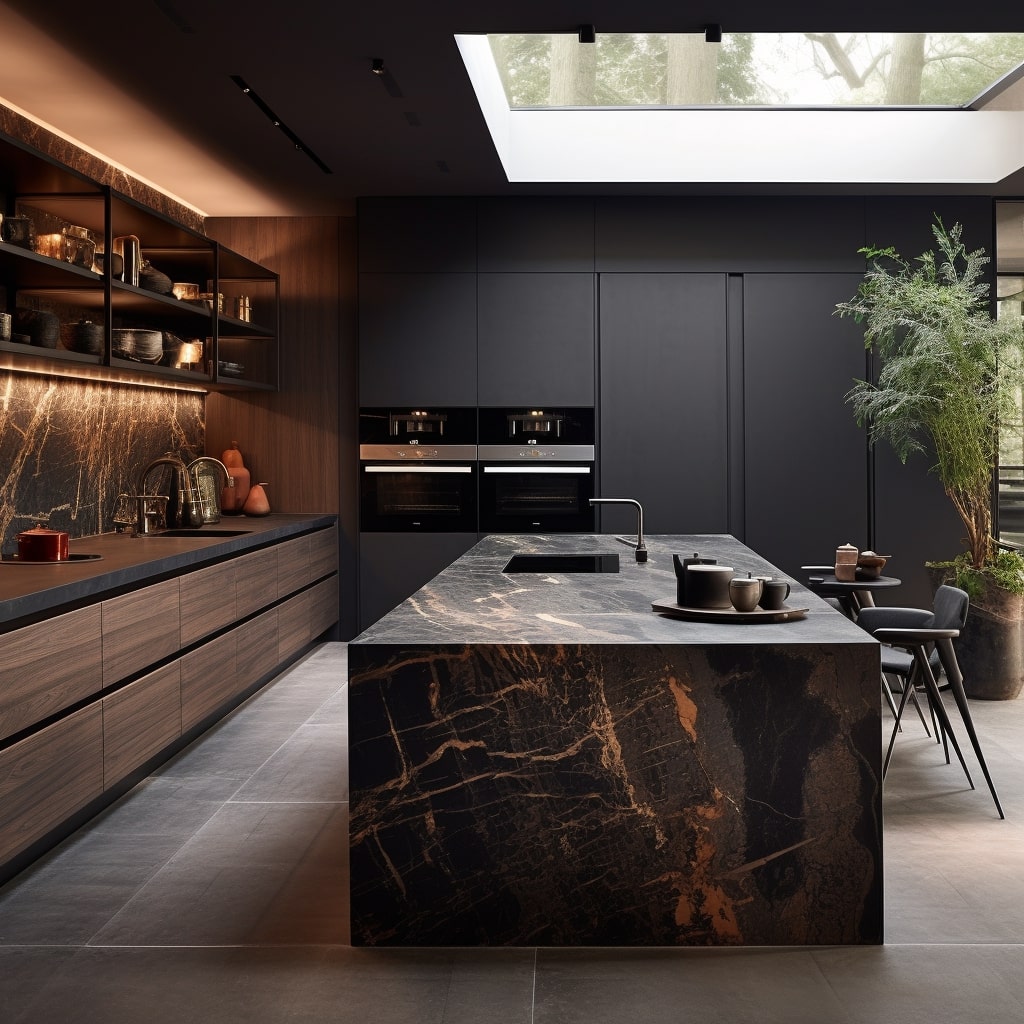
The Importance of Ambient Lighting
Ambient lighting is a crucial component of interior design, as it sets the overall mood and atmosphere of a space. It provides a warm and inviting ambiance and enhances the aesthetics of the room.
By creating a comfortable and relaxed atmosphere, ambient lighting contributes to the well-being and comfort of the occupants. It can also make a small space feel more expansive and a large space feel more intimate.
The Benefits of Ambient Lighting:
| Advantages | Benefits |
|---|---|
| Creates a relaxed environment | Reduces stress and anxiety |
| Enhances the aesthetics of a space | Improves the overall visual appeal of the room |
| Creates a warm and inviting atmosphere | Contributes to the well-being and comfort of the occupants |
Therefore, incorporating ambient lighting in your interior design is essential to achieve a warm and inviting atmosphere while enhancing the overall aesthetics of your space.
Creating Ambient Lighting
When it comes to creating ambient lighting, there are various techniques and fixtures to consider. Whether you’re looking to create a warm and cozy atmosphere or a bright and energetic one, the right lighting can make all the difference in your interior design. Here are some tips and strategies for creating ambient lighting in different areas of your home:
1. Layer Your Lighting
Layering your lighting is one of the most effective ways to create ambient lighting. This involves using different types of lighting fixtures in the same space to create a balanced and cohesive look. For example, you might use a combination of ceiling fixtures, lamps, and wall sconces to create layered lighting in your living room.
2. Experiment with Dimmers
Dimmers are an excellent tool for creating ambient lighting, as they allow you to adjust the brightness of your lights to suit your mood and needs. Installing dimmers on your overhead lighting fixtures can help you create a variety of ambient lighting effects, from soft and subtle to bright and dramatic.
3. Consider Natural Light Sources
Natural light is an important factor to consider when creating ambient lighting. Depending on the time of day and the season, natural light can have a significant impact on the atmosphere of your space. If you have large windows or skylights, consider incorporating them into your lighting design to maximize their natural light.
| Ambient Lighting Fixture | Best Used In |
|---|---|
| Chandeliers | Dining rooms, living rooms, and bedrooms |
| Pendant lights | Kitchens, dining rooms, and entryways |
| Flush mount fixtures | Hallways, closets, and entryways |
| Table lamps | Living rooms, bedrooms, and home offices |
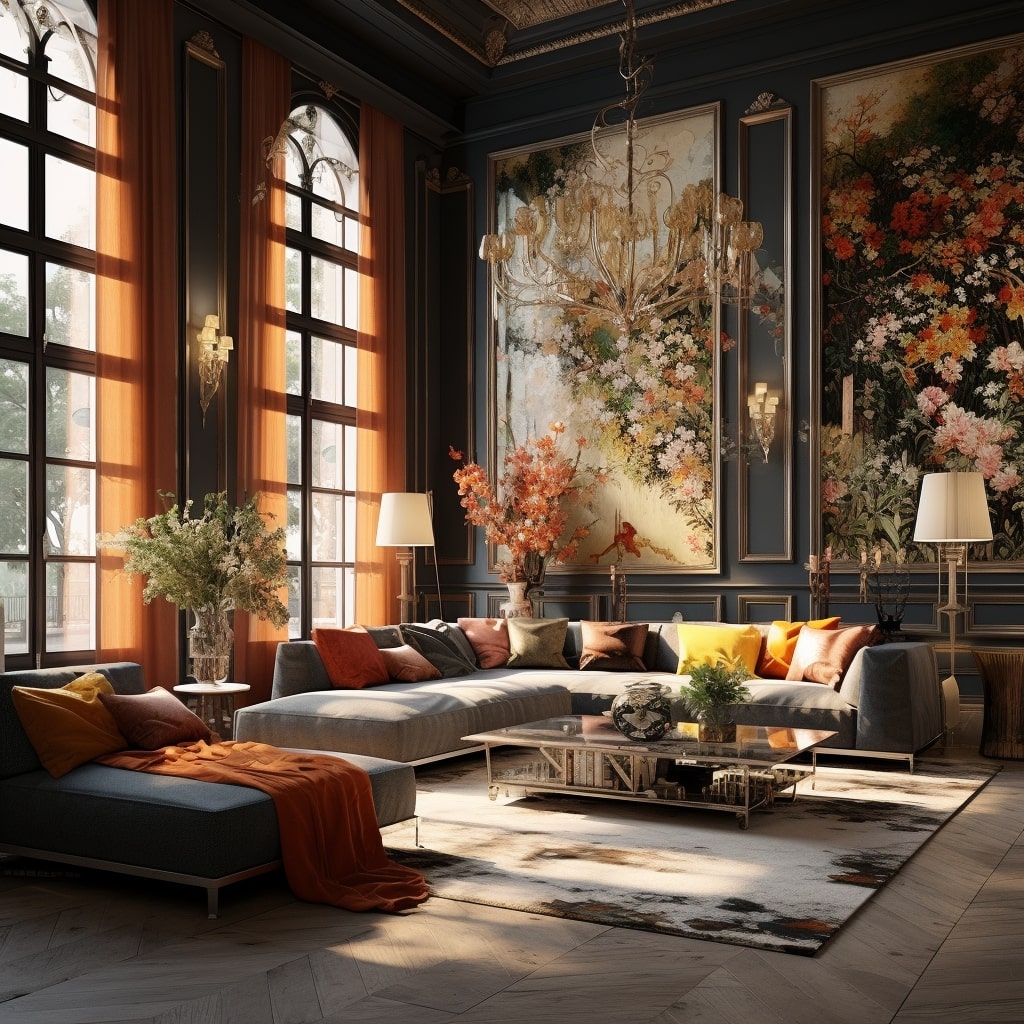
4. Choose the Right Lighting Fixtures
Choosing the right lighting fixtures is crucial to creating the right atmosphere in your space. When it comes to ambient lighting, there are several fixtures to consider, including chandeliers, pendant lights, flush mount fixtures, and table lamps. Each type of fixture has its own unique characteristics and is best suited for specific areas of your home.
5. Place Fixtures Strategically
The placement of your lighting fixtures is just as important as the fixtures themselves. When designing your ambient lighting, consider the layout and function of your space, and strategically place your fixtures accordingly. For example, if you’re creating ambient lighting in a living room, you might place a table lamp on an end table next to a sofa and install a flush mount fixture on the ceiling for overall illumination.
6. Use Color to Set the Mood
Color is another important factor to consider when creating ambient lighting. Warm colors like yellows, oranges, and reds can create a cozy, inviting atmosphere, while cooler colors like blues and greens can create a more relaxed and calming environment. Using colored light bulbs or lampshades can help you achieve the desired ambiance in your space.
By incorporating these tips and techniques, you can create the perfect ambient lighting in any area of your home.
Incorporating Ambient Lighting in Home Decor
When it comes to incorporating ambient lighting in home decor, it is important to consider the overall aesthetic of your space. Whether you prefer a minimalist, modern, or traditional style, there are various ways to integrate ambient lighting seamlessly. Here are some tips to keep in mind:
- Choose lighting fixtures that complement your interior design: From chandeliers to floor lamps, there are countless lighting fixtures to choose from. When selecting ambient lighting fixtures, consider the materials, colors, and shapes that align with your decor style. For example, you might opt for a sleek, metallic lamp for a luxurious space or a wooden pendant light for a rustic-chic look.
- Experiment with lighting placement: The placement of your ambient lighting fixtures can greatly impact the mood and ambiance of your room. Consider placing them in areas where they can provide an even, soft glow, such as in corners or near seating areas. You can also use lighting to highlight specific features of your decor, such as a piece of artwork or an accent wall.
- Use accessories to enhance the lighting effect: To further enhance the ambiance of your space, consider incorporating accessories that can diffuse or reflect the light. For example, sheer curtains, textured lampshades, or mirrored surfaces can all help create a warm, inviting glow.
By carefully selecting your ambient lighting fixtures, experimenting with placement, and using accessories to enhance the effect, you can seamlessly integrate ambient lighting into your home decor.
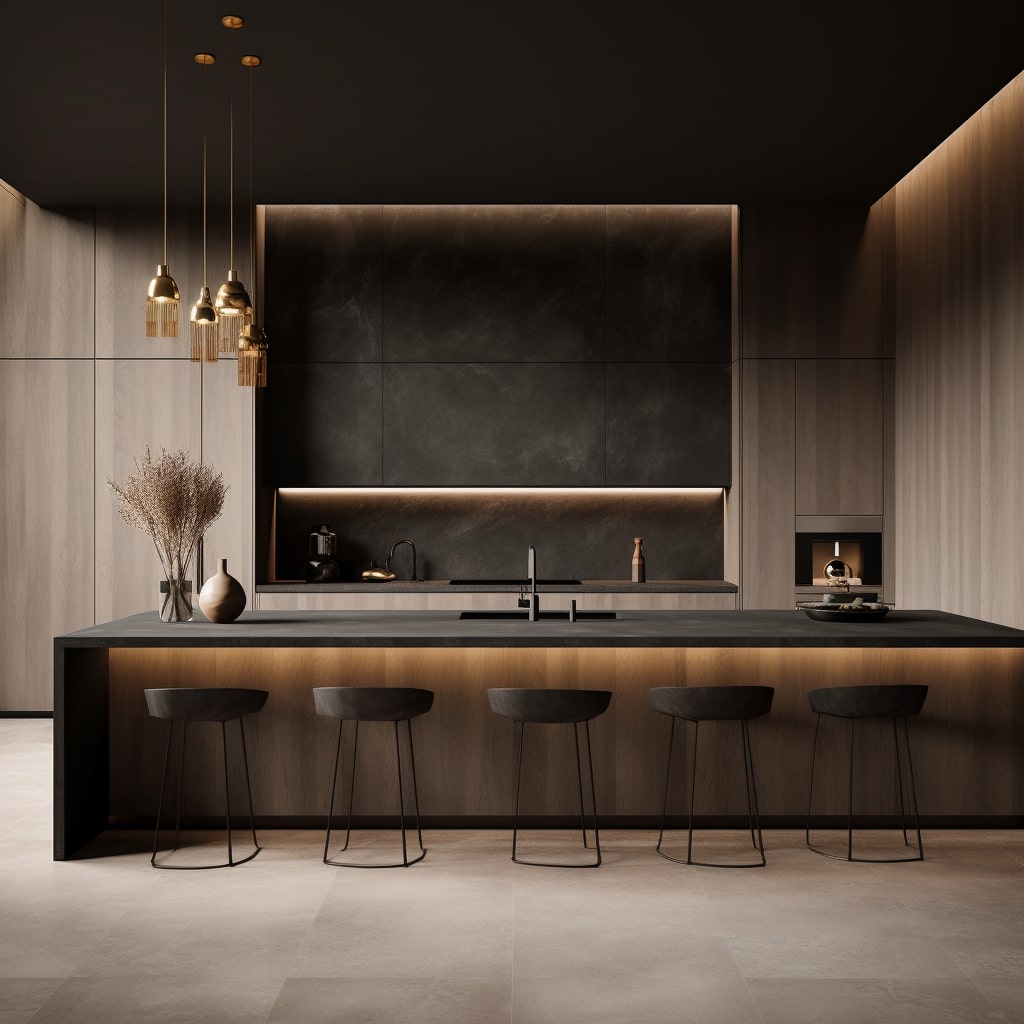
Maximizing the Benefits of Ambient Lighting
Creating the right ambiance with ambient lighting requires more than just installing a few fixtures. Here are some additional tips and tricks to help you maximize the benefits of ambient lighting in your home:
Layer your lighting
Layering your lighting means using multiple light sources at different levels to create a cohesive and comfortable atmosphere. Consider incorporating task and accent lighting in addition to ambient lighting to achieve the desired effect.
Use dimmers
Dimmers are an essential tool in controlling the intensity of your ambient lighting. They allow you to adjust the light level to match the activity or mood in the room, providing a more personalized and versatile lighting experience.
Take advantage of natural light
Natural light is one of the best ways to introduce ambient lighting into your home. Maximize the use of windows and skylights, and consider adding reflective surfaces like mirrors or light-colored walls to help spread the natural light throughout the room.
By following these tips, you can create an ideal ambiance with ambient lighting that enhances the aesthetics and functionality of any room in your home.
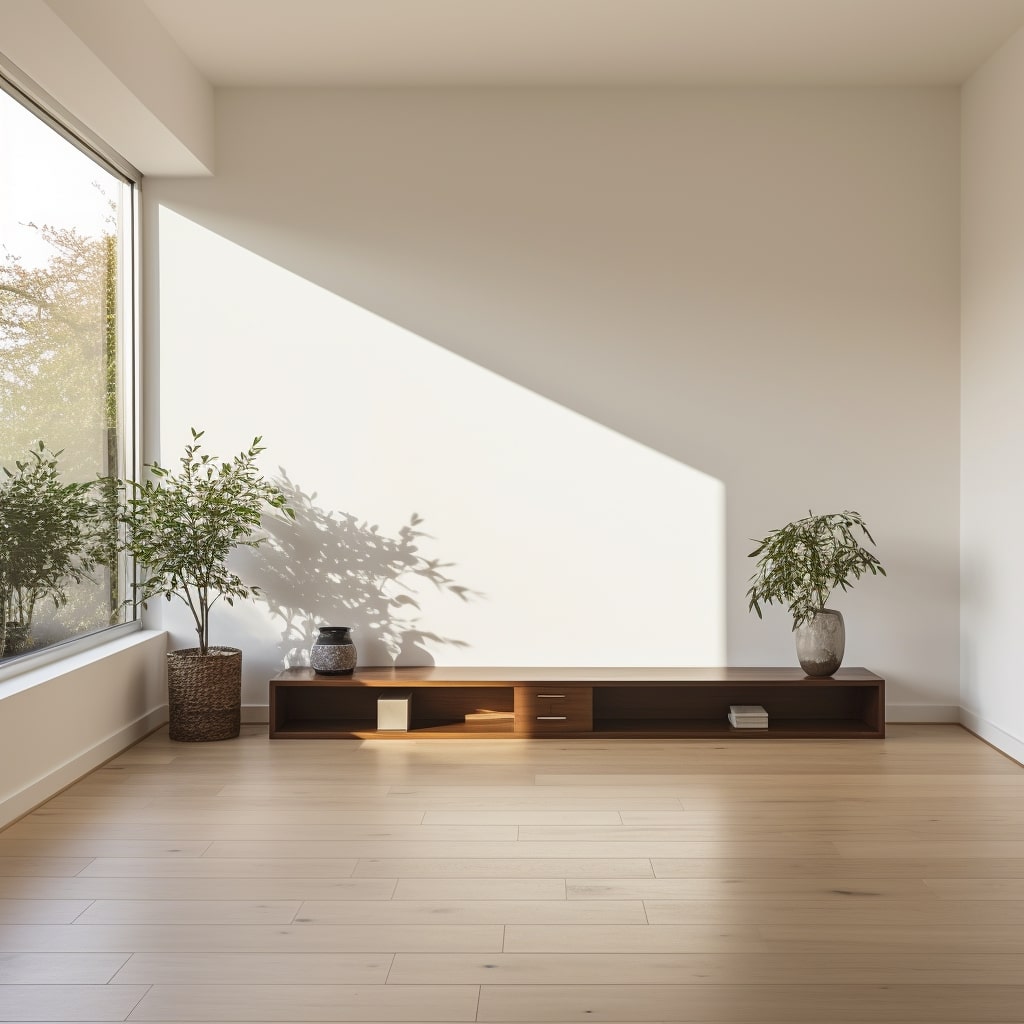
Planning Ambient Lighting in Different Rooms
When it comes to planning ambient lighting in different rooms, there are a few considerations to keep in mind. Each room has its own unique lighting needs based on its function and size. Here are some tips to help you create the perfect ambient lighting in different rooms:
Living Room
The living room is often the center of activity in a home, so it’s important to consider a range of lighting options to create a comfortable and inviting atmosphere. Start with an overhead fixture to provide general lighting, such as a chandelier or ceiling fan with built-in lights. Supplement this with floor lamps and table lamps to create a layered effect. Consider dimmer switches to adjust the level of ambient lighting as needed.
Bedroom
The bedroom is a place for relaxation, so it’s important to choose lighting that creates a calming atmosphere. Start with an overhead fixture that provides gentle, ambient lighting, such as a pendant or flush-mount fixture. Add bedside lamps or wall sconces for reading light, and consider dimmer switches to adjust the lighting level to your preferences.
Kitchen
The kitchen is a functional space that requires bright, task-oriented lighting for cooking and food preparation. However, ambient lighting can also be utilized to create a warm, inviting atmosphere. Consider recessed lighting or track lighting to provide bright, even lighting. Supplement this with pendant lights over an island or table for a decorative touch.
Bathroom
The bathroom requires bright, task-oriented lighting for grooming and hygiene. However, ambient lighting can also be used to create a Scandinavian style spa-like atmosphere. Consider a sconce on either side of the vanity mirror for even, shadow-free lighting. Add a ceiling fixture for general lighting, and consider incorporating a dimmer switch to adjust the lighting level as needed.
Maintenance and Upkeep of Ambient Lighting
Proper maintenance and upkeep of ambient lighting fixtures are crucial to ensure their longevity and optimal performance. Here are some tips to keep your ambient lighting in good condition:
| Maintenance Task | Frequency |
|---|---|
| Dusting the fixtures and bulbs with a soft cloth | Weekly |
| Cleaning the fixtures with a mild soap and water solution | Every 6 months |
| Replacing burnt-out bulbs promptly | As needed |
| Checking for loose wiring or damaged components | Annually |
It is also important to note that different types of ambient lighting fixtures may require specific maintenance tasks, so always refer to the manufacturer’s instructions for guidance.
When cleaning ambient lighting fixtures, be sure to turn off the power and allow the bulbs to cool before handling them. Use a soft cloth or sponge to gently wipe away any dirt or grime, and avoid using abrasive cleaners or rough materials that could scratch the surface.
In addition to regular maintenance, it is recommended to have a professional electrician inspect your ambient lighting fixtures periodically for any potential safety hazards or malfunctions.
By following these maintenance tips, you can ensure that your ambient lighting fixtures remain in top condition and continue to enhance the ambiance of your home.
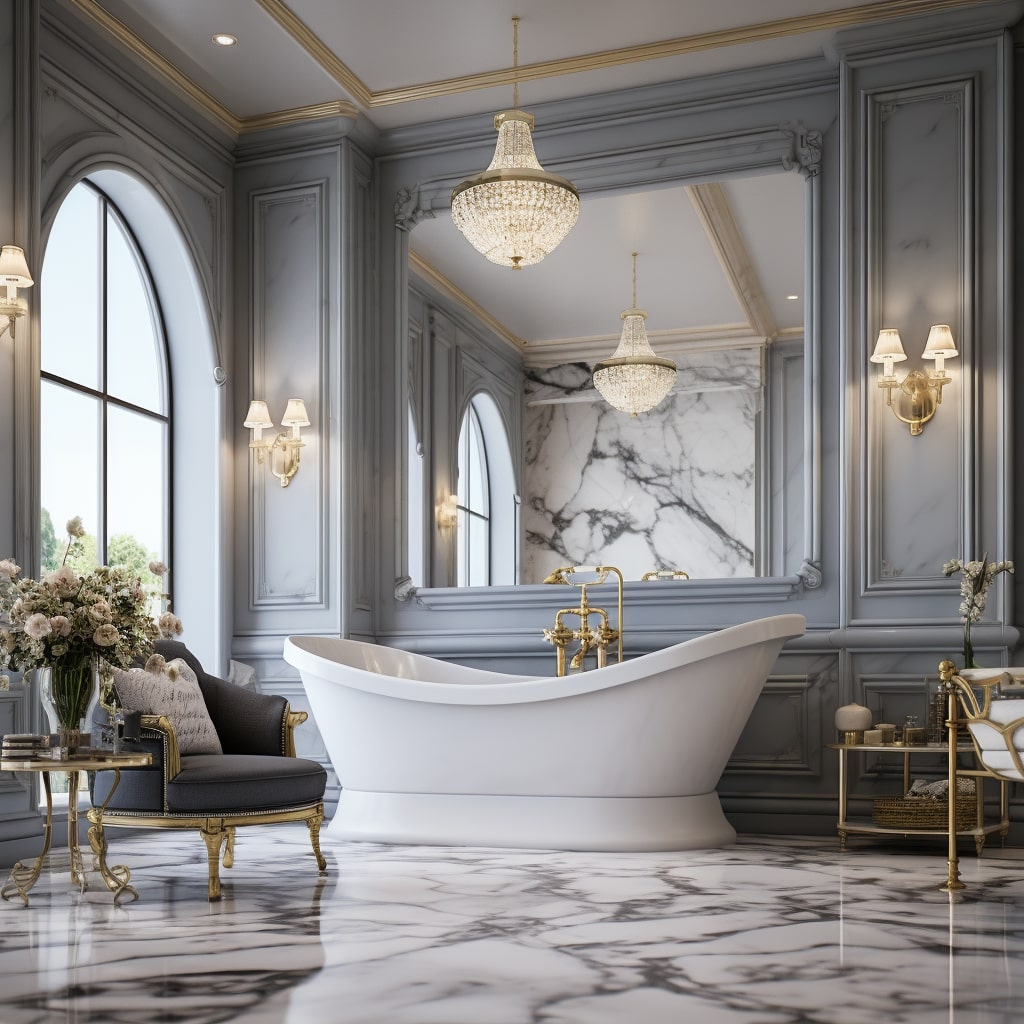
Energy Efficiency and Ambient Lighting
When it comes to lighting in interior design, energy efficiency is an important consideration. In addition to reducing environmental impact, using energy-efficient bulbs and fixtures can also save on electricity costs. Here are some tips for incorporating energy efficiency into your ambient lighting:
- Use LED bulbs: LED bulbs use significantly less energy than traditional incandescent bulbs and can last up to 25 times longer, saving you money on replacements.
- Consider motion sensors: Motion sensors can be used to automatically turn off lights when a room is not in use, reducing energy consumption.
- Use natural light: Maximizing the use of natural light sources during the day can help reduce the need for artificial lighting.
It’s important to note that energy efficiency doesn’t have to mean sacrificing the ambiance of your interior design. In fact, many energy-efficient lighting options can provide the same warm, inviting glow as traditional bulbs.
Remember, incorporating energy efficiency into your ambient lighting can benefit both the environment and your wallet.
Incorporating Ambient Lighting in Commercial Spaces
Ambient lighting does not only apply to residential spaces but also to commercial spaces such as restaurants, hotels, and retail stores. In these spaces, ambient lighting plays a crucial role in creating a comfortable and inviting atmosphere for customers.
Restaurants, for instance, require warm and cozy lighting to create a pleasant dining experience. This can be achieved by installing pendant lights, wall sconces, or chandeliers that cast a warm, inviting glow. Similarly, hotels can use ambient lighting to create a relaxing and luxurious ambiance in guest rooms and common areas.
Retail stores can also benefit from ambient lighting by using it to highlight specific merchandise or product displays. For example, accent lighting can be used to draw attention to high-end products or special promotions.
When incorporating ambient lighting in commercial spaces, it is important to consider the specific needs and objectives of the establishment. Lighting should complement the overall design and style of the space while also serving its intended purpose.
By employing the right techniques and fixtures, ambient lighting can transform any commercial space into a comfortable and welcoming environment that enhances the customer experience.
Frequently Asked Questions about Ambient Lighting in Interior Design
Q: What is the best color temperature for ambient lighting?
A: The best color temperature for ambient lighting is generally between 2700K and 3000K. This mimics the warm, comforting glow of natural light and creates a cozy atmosphere in your space. However, it ultimately depends on personal preferences and the specific requirements of your interior design.
Q: Can ambient lighting be used in small spaces?
A: Yes, ambient lighting can be used in small spaces. In fact, it can be particularly effective in creating an illusion of depth and expanding the perceived size and scale of the room. However, it is important to use the right amount of light and avoid overwhelming the space.
Q: How can I incorporate ambient lighting in a modern interior design?
A: In a modern interior design, you can incorporate ambient lighting through the use of sleek, minimalist fixtures and dimming options. You can also experiment with color-changing bulbs or concealed lighting to add a touch of innovation and style.
Q: What are the benefits of using dimmers for ambient lighting?
A: Using dimmers for ambient lighting allows you to customize the amount of light in your space, creating a more flexible and comfortable atmosphere. It can also help reduce energy consumption and increase the lifespan of your bulbs.
Q: Can natural light sources be used as ambient lighting?
A: Yes, natural light sources, such as sunlight or moonlight, can be used as ambient lighting. They can create a soft and relaxing ambiance and even provide health benefits, such as boosting vitamin D levels. However, it is important to consider the positioning of your windows and the time of day when planning your interior design.
Q: How can I clean my ambient lighting fixtures?
A: To clean your ambient lighting fixtures, make sure to turn off the power source and allow the bulbs to cool down. Use a soft, dry cloth or a gentle cleaning solution to wipe down the surface of the fixtures, avoiding any abrasive materials or harsh chemicals.
Q: What is the difference between ambient lighting and accent lighting?
A: Ambient lighting is used to create a general, overall illumination in your space, while accent lighting is used to highlight specific features or objects. Ambient lighting typically has a softer, more diffused glow, while accent lighting is more focused and directional.







